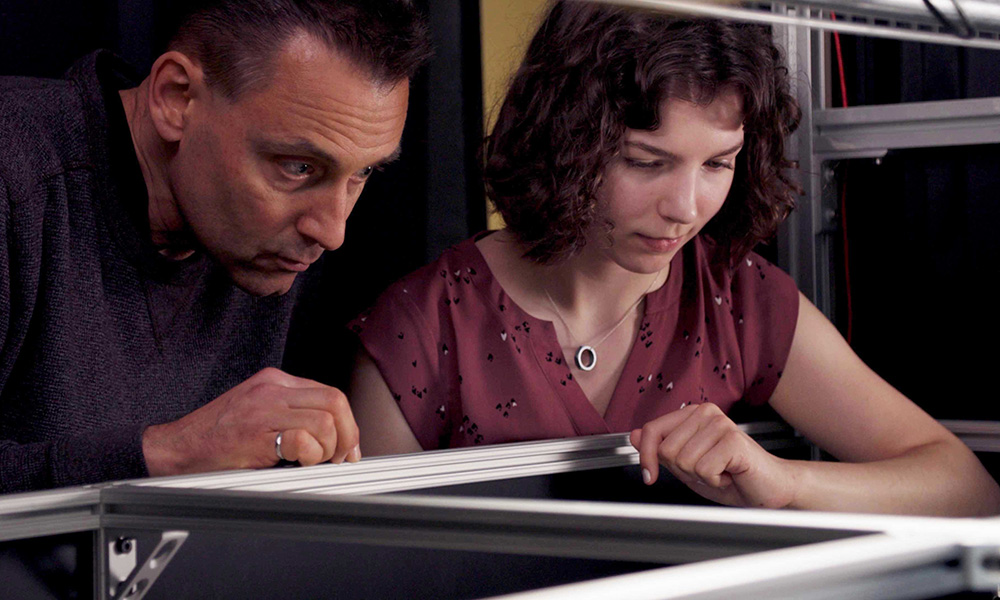
UBCO researchers Jonathan Holzman and Alexis Guidi are exploring the potential of terahertz radiation to improve the quality of medical diagnostic imaging.

UBCO researchers Jonathan Holzman and Alexis Guidi are exploring the potential of terahertz radiation to improve the quality of medical diagnostic imaging.
Posted in Uncategorized
Posted in Uncategorized
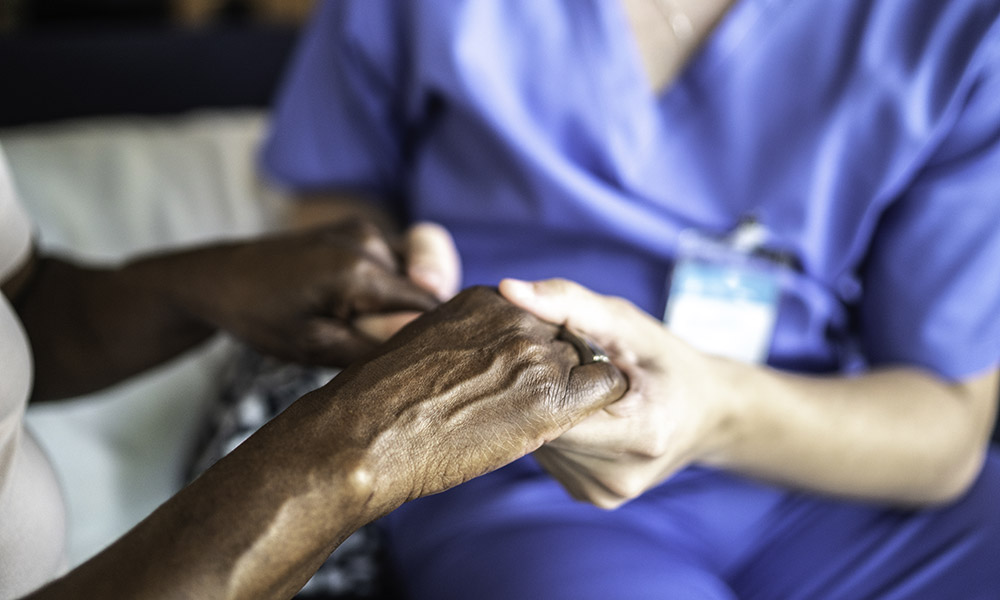
The new device created at the UBCO Heart Valve Performance Laboratory acts a bit like a shock absorber for your car.
Posted in Uncategorized
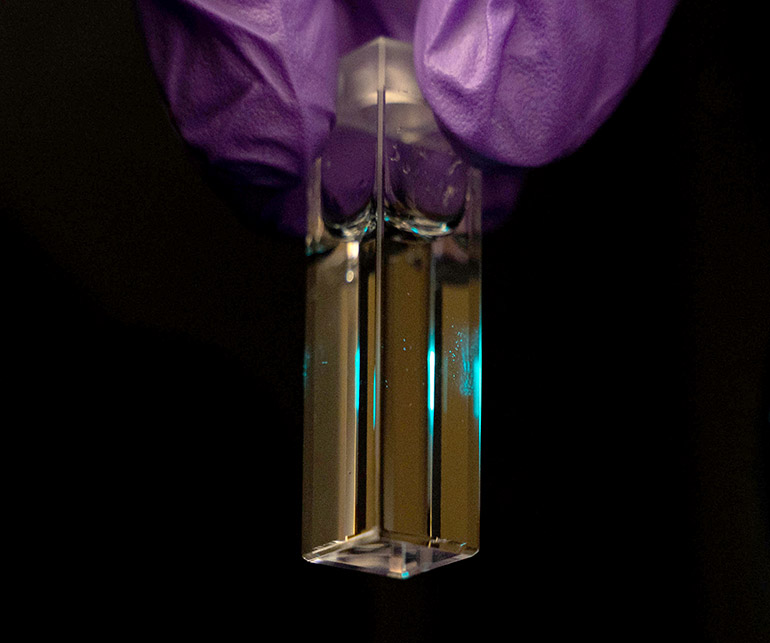
During the testing process, the researchers look for unique shapes of fluorescence signals. Each unique shape indicates the presence of impurities and helps researchers determine what the impurity is and distinguish it from other compounds.
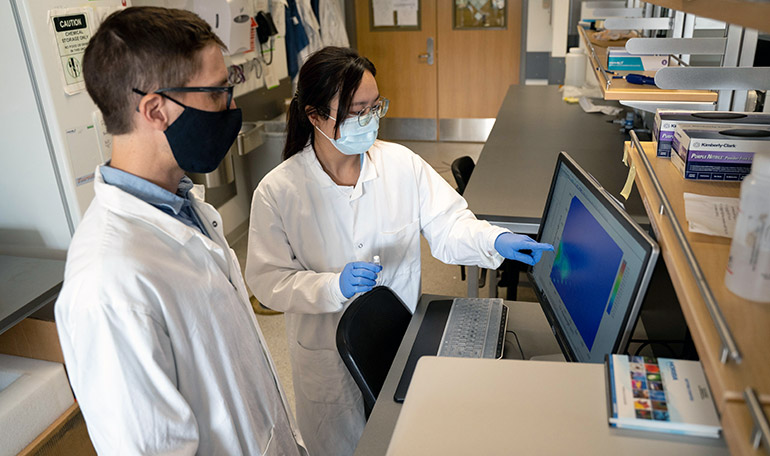
UBC researchers Nicolas Peleato and Li Ziyu examine the data after testing a water sample with a florescence spectrometer.
Posted in Media Releases, Spotlight

Two UBC Okanagan programs -- Geering Up Engineering Outreach and iSTAND -- received NSERC PromoScience funding to support hands-on learning experiences aimed at building the next generation of scientists and researchers.
Posted in Media Releases, Spotlight

Two UBC Okanagan programs -- Geering Up Engineering Outreach and iSTAND -- received NSERC PromoScience funding to support hands-on learning experiences aimed at building the next generation of scientists and researchers.
Posted in Media Releases, Spotlight
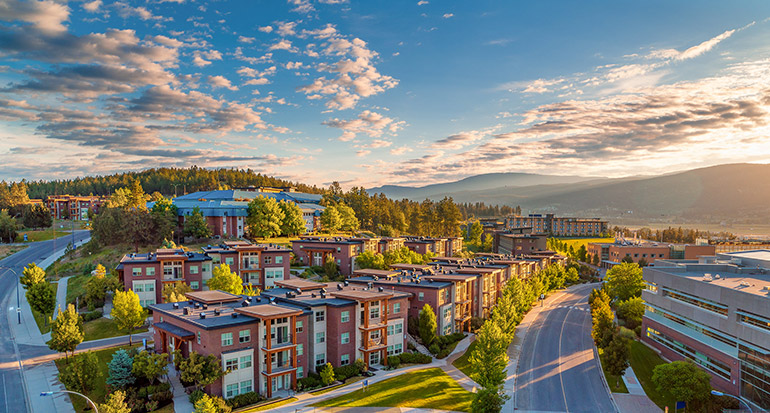
Posted in Media Releases, Research
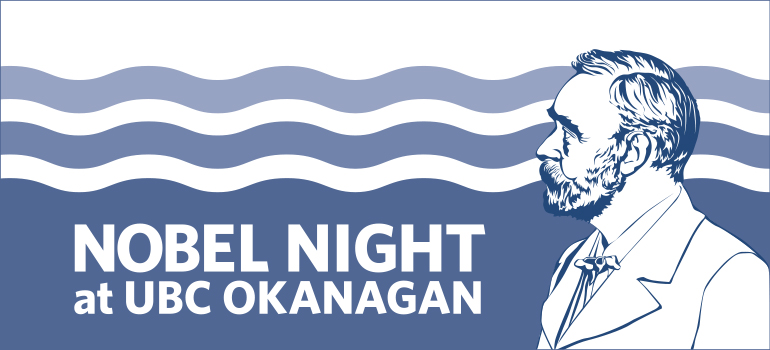
Posted in Computer Science, Media Advisory
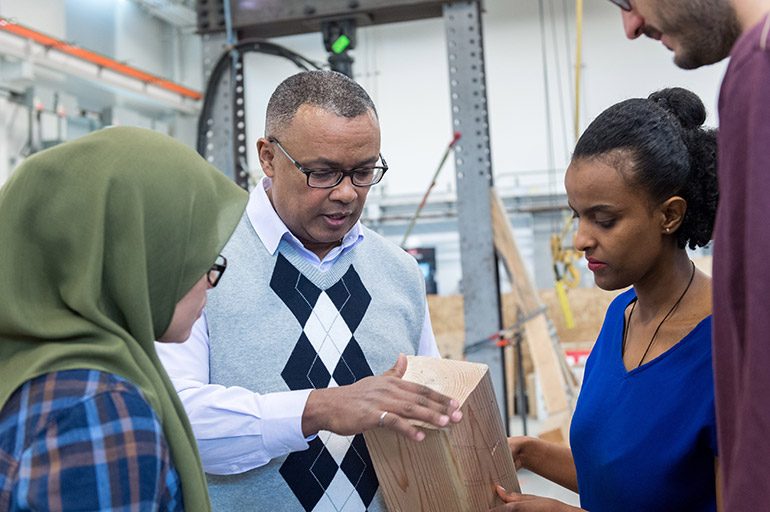
UBCO Engineering Professor Solomon Tesfamariam (centre) examines wood used in mass-timber buildings.
Posted in Business, Media Releases

Shahria Alam, co-director of UBC’s Green Construction Research and Training Centre and the lead investigator of the study.
Posted in Business, Media Releases